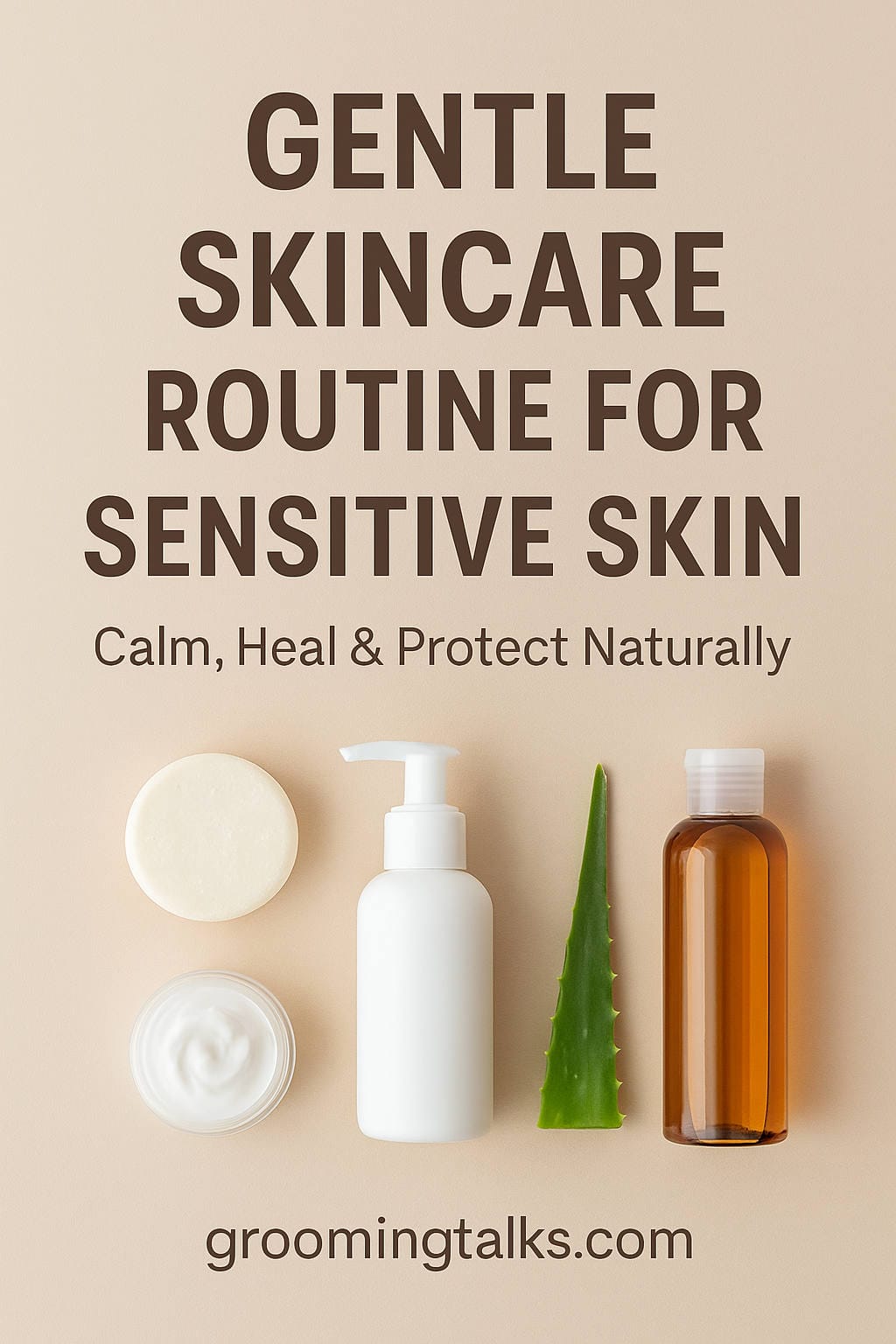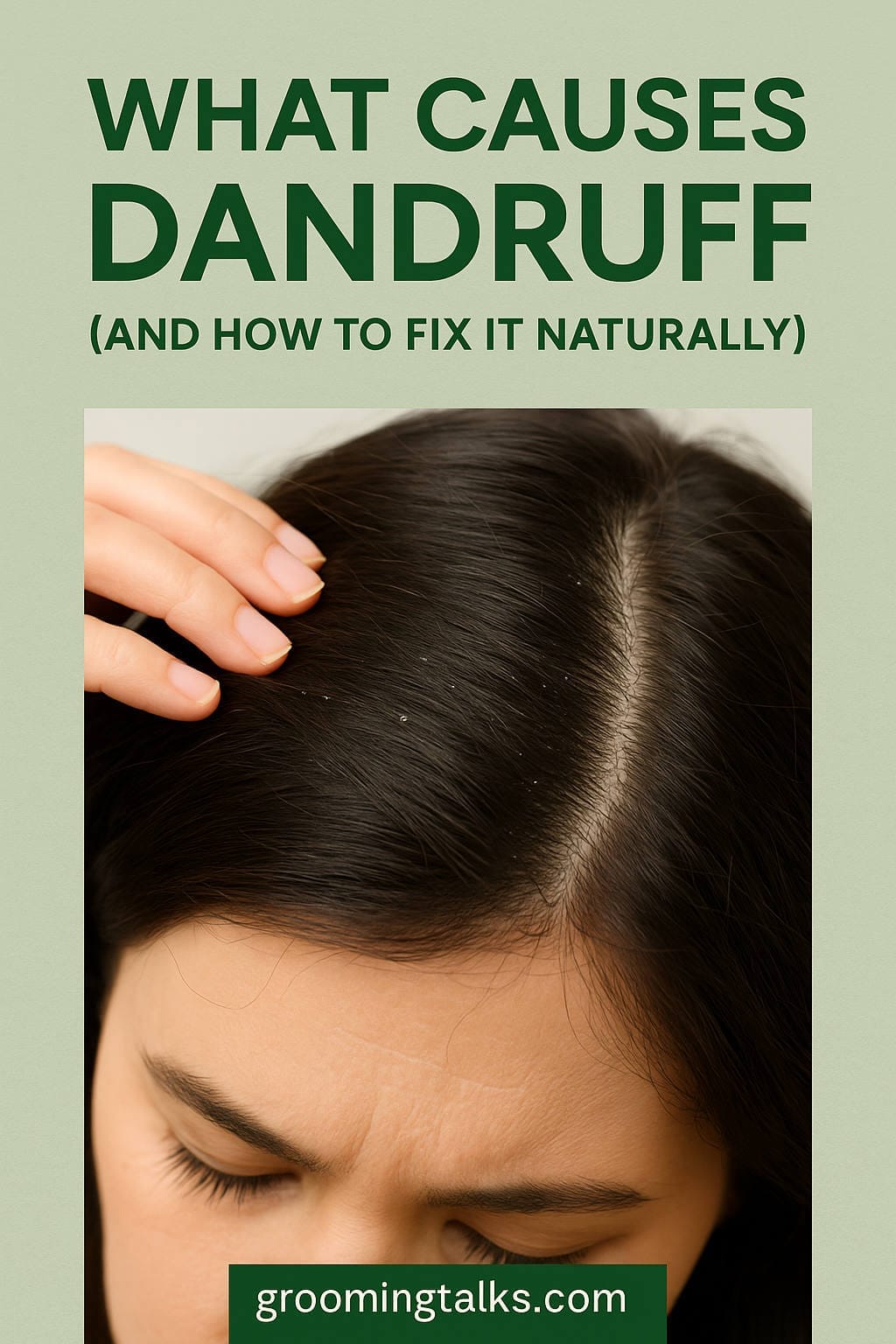Sensitive skin can often feel like a never-ending puzzle. One day it behaves, the next it’s red, irritated, and unpredictable. If this sounds familiar, you’re not alone. Millions of people experience sensitivity to skincare products, environmental factors, or even stress. The good news? With a little know-how and the right approach, you can create a skincare routine that nourishes and calms your skin rather than aggravating it.
This article will walk you through everything you need to know about building a gentle, effective skincare routine for sensitive skin. Whether you’re starting from scratch or refining what you already do, this guide will help you make informed, skin-loving choices.
Understanding Sensitive Skin: What Does It Really Mean?
Sensitive skin isn’t a medical diagnosis. Instead, it’s a term used to describe skin that reacts easily to certain products, ingredients, or environmental changes. Common symptoms include redness, itching, burning, flaking, and general discomfort.
This type of skin can be genetic, but it can also develop over time due to a weakened skin barrier, overuse of harsh products, or even lifestyle factors like stress and diet. Sensitive skin may overlap with conditions like rosacea, eczema, or contact dermatitis, so it’s always best to check with a dermatologist if you’re unsure.
Why Is a Gentle Routine So Important?
Sensitive skin requires more than just gentle products—it needs a thoughtful, minimalist routine that reduces the chance of irritation. A harsh cleanser or one strong active ingredient can cause flare-ups that take days or weeks to settle. By using fewer, better-selected products, you’re giving your skin the best chance to heal, strengthen, and perform its natural functions without interruption.
Building Your Gentle Skincare Routine Step-by-Step
Let’s dive into the ideal routine. Remember, skincare is personal. Start slow, listen to your skin, and adjust as needed.
Step 1: Cleanse Gently, Not Aggressively
Cleansing is essential, but over-cleansing can strip your skin of its natural oils. Look for a non-foaming, fragrance-free, sulfate-free cleanser with a creamy or milky texture.
Ingredients to look for:
- Glycerin
- Ceramides
- Oat extract
- Panthenol (Vitamin B5)
Good choices include:
- CeraVe Hydrating Cleanser
- Vanicream Gentle Facial Cleanser
- La Roche-Posay Toleriane Hydrating Gentle Cleanser
Use lukewarm water and your fingertips. Avoid washcloths or cleansing brushes, which can be too abrasive.
Step 2: Tone (Only If Your Skin Likes It)
Many toners contain alcohol or astringents that can harm sensitive skin. However, some hydrating toners can help soothe and prep your skin for moisturizing.
What to use:
- Alcohol-free, fragrance-free toners
- Ingredients like aloe vera, chamomile, and beta-glucan
Skip this step entirely if you’re unsure. It’s optional.
Step 3: Hydrating Serums That Don’t Overwhelm
Serums are concentrated and can benefit the skin—if they’re not too strong. For sensitive skin, avoid highly active ingredients (like high-percentage AHAs or retinol) and stick with calming, hydrating formulations.
Gentle serum ingredients include:
- Hyaluronic acid (for hydration)
- Niacinamide (at 5% or lower)
- Centella Asiatica (cica)
- Licorice root extract
Recommended products:
- The Ordinary Hyaluronic Acid 2% + B5
- La Roche-Posay Hyalu B5 Serum
- Krave Beauty Great Barrier Relief (contains tamanu oil and ceramides)
Introduce serums one at a time and patch test before full use.
Step 4: Moisturize to Repair and Protect
Moisturizing is vital. It helps lock in hydration and supports your skin’s barrier. Look for cream-based moisturizers that are fragrance-free and formulated for sensitive or compromised skin.
Ingredients to love:
- Ceramides
- Squalane
- Shea butter
- Cholesterol
- Fatty acids
Reliable options include:
- First Aid Beauty Ultra Repair Cream
- Avene Skin Recovery Cream
- Vanicream Moisturizing Cream
- Eucerin Advanced Repair Cream
Apply your moisturizer while your skin is still slightly damp to maximize absorption.
Step 5: Always Use Sunscreen (Yes, Every Day)
Sun exposure is a major trigger for sensitive skin. Even cloudy days can lead to UV damage, especially if you’re using ingredients like niacinamide or mild exfoliants.
Best sunscreen types:
- Mineral sunscreens with zinc oxide or titanium dioxide
- Fragrance-free formulas
Top picks:
Reapply every 2 hours if you’re outside. Daily use is crucial, even indoors near windows.
Nighttime Routine: Slightly Different, Still Gentle
Your evening routine is your chance to help your skin repair and renew. Stick with a gentle cleanser and moisturizer. If you wear makeup or sunscreen, consider double cleansing:
Double cleansing steps:
- Use a gentle, fragrance-free cleansing oil or balm.
- Follow with your regular cleanser.
Safe options include:
After cleansing, use a hydrating serum (if your skin tolerates it) and follow with a thicker moisturizer. This helps restore hydration lost during the day.
Exfoliation: Tread Lightly
Exfoliation helps remove dead skin cells, but for sensitive skin, it can easily lead to damage. Skip scrubs entirely. If you exfoliate, choose a gentle chemical exfoliant like:
- Lactic acid (less irritating than glycolic acid)
- PHA (polyhydroxy acids)
Use no more than once a week, and always follow with a calming moisturizer.
Gentle exfoliants to try:
If your skin feels tight or reacts negatively, cut back or stop entirely.
Ingredients to Embrace
When shopping for products, prioritize formulas with these skin-friendly ingredients:
- Colloidal oatmeal: Calms inflammation and itching
- Aloe vera: Soothes and hydrates
- Centella Asiatica: Heals and reduces redness
- Panthenol: Moisturizes and improves elasticity
- Allantoin: Softens and protects
- Niacinamide (low %): Balances and strengthens
- Squalane: Lightweight, non-irritating hydration
Ingredients to Avoid
These are commonly found in skincare but often trigger reactions in sensitive skin:
- Alcohol (denatured or SD alcohol)
- Synthetic fragrance and essential oils (like lavender or citrus)
- Menthol, eucalyptus, peppermint
- Harsh acids (glycolic, high % salicylic acid)
- Sulfates (e.g., sodium lauryl sulfate)
- Physical exfoliants (scrubs, microbeads)
Always read labels carefully. If a product is marketed as “natural” or “clean,” it may still contain essential oils that irritate sensitive skin.
How to Safely Introduce New Products
Less is more. Introduce one new product at a time, and allow 7-10 days before adding another. Always patch test:
- Apply a small amount to your jawline or behind your ear.
- Wait 24-48 hours.
- Watch for any redness, itching, or bumps.
This simple habit can save your skin from serious flare-ups.
Lifestyle Tips for Happier Skin
Great skincare is important, but daily habits also influence skin health.
1. Get Plenty of Sleep
Your skin repairs itself at night. Aim for 7-8 hours of quality rest.
2. Manage Stress
Chronic stress triggers inflammation and breakouts. Practice mindfulness, journaling, or take walks outdoors.
3. Stay Hydrated
Drink water consistently throughout the day. Dehydration shows up on your skin quickly.
4. Watch Your Diet
Limit spicy foods, alcohol, and processed sugars. Include anti-inflammatory foods like fatty fish, leafy greens, and berries.
5. Choose Soft Fabrics
Avoid scratchy towels or pillowcases. Opt for breathable, soft cotton or silk.
6. Protect Against Pollution and Harsh Weather
Wind, sun, and pollution can all damage sensitive skin. Wear hats, scarves, and use barrier creams when needed.
When to See a Dermatologist
If your skin isn’t improving or is getting worse despite a gentle routine, it’s time to seek professional help. Persistent rashes, burning, or extreme dryness could point to underlying conditions like eczema or rosacea.
A dermatologist can help tailor treatments and may prescribe topical medications to restore your skin’s health.
Final Thoughts: Kindness Is Key
Sensitive skin doesn’t have to be a lifelong struggle. With patience, consistency, and the right products, you can nurture your skin back to balance. Think of your routine as self-care, not a chore. Every time you treat your skin gently, you’re investing in its long-term health.
Be kind to your skin, and even kinder to yourself. Your skincare journey is uniquely yours—don’t rush it. You deserve comfort, confidence, and calm in your skin.
If you’ve been navigating the ups and downs of sensitive skin, know that you’re not alone. Many people have transformed their skin by switching to a gentler, smarter routine. And now, you’re on your way, too.
Have questions, favorite products, or your own tips for sensitive skin? Share them in the comments—we’d love to hear from you.
You might also like,






